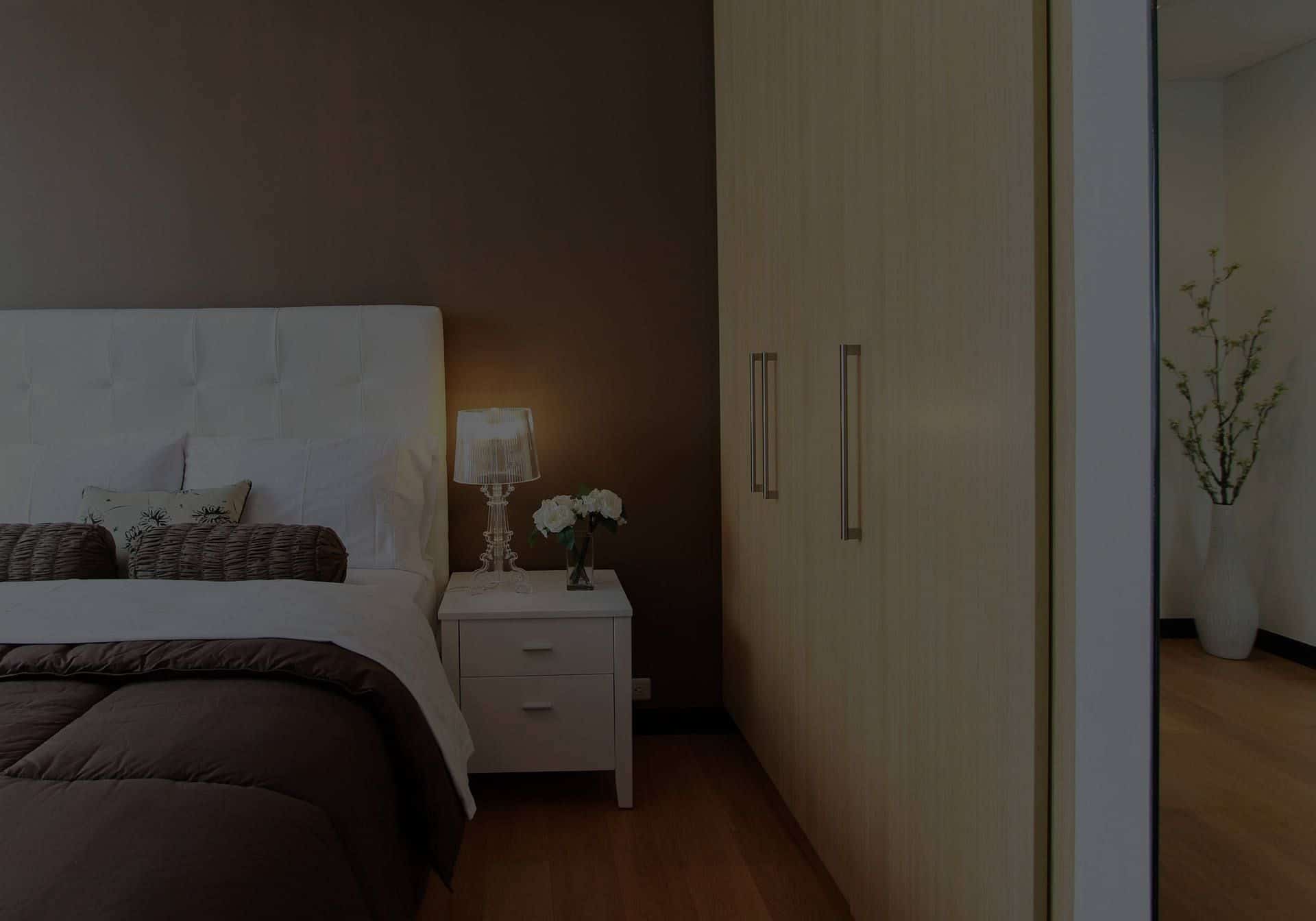More and more people and children are working from home. Whether you want a space to work all day, or a desk to work on homework and crafts, setting up a dedicated workspace can be a great idea. If you have an unused or available space in your house, you may even get to makeover a whole new room for your needs. Improve your child’s focus and improve their mood by setting up a special space for your child to do schoolwork.
An Entire Room
Allocate a room or the best part of one for your children’s study at home. Fix up the room with appropriately sized tables, chairs, or remote desks if needed. Add various book racks organized with dictionaries, a thesaurus, encyclopedias, and other relevant necessary books. Include a repository of useful school supplies kept for different projects, etc.
You might consider things like:
- An appropriately sized desk or study table and chairs
- A computer or tablet
- Reference books – dictionaries, thesaurus, encyclopedias
- A calendar to schedule and mark to-do tasks
- Shelves to keep books
- Glue, scissors, markers, crayons, and something to hold them
- Arts & craft materials like paints, construction paper, stickers
- Cabinet or place to store completed work
Benefits of a discrete room
A discrete and separate room enables and provides you with reasonable storage space for books, supplies, and all other school-relevant items. You would have a great space to remove all the distractions of noise, presence of others, etc. that might affect studying and homework time. Having a separate study room also enables you practically uncountable options on items you may add on.
Drawbacks to avoid
At times, large spacious rooms seem like a great idea, but it also has some pitfalls. You may want to account for supervision being needed by the students while completing homework assignments and projects effectively. When you are going to have a separate devoted room for studying, you can schedule yourself to do some of your activities during this time. Reading, planning meals, marking calendars while scheduling meetings, paying bills, freelance office tasks, etc. can all be done in the very same room while allowing you to present to supervise, guide, answering the raised questions, and making sure your students stay on track.
Internet Access Considerations
If your child is going to have a computer or other internet-connected device, you will want to think about some extra precautions. Many parents choose to use filters, blockers, time limiters, or other parental control tools to ensure safe internet usage. You may also consider a set up of your child’s learning space being placed in a central location so that you may keep an eye on their computer time. You may also want to think about where the computer is placed and stored as a safety against accidental damage to an expensive piece.
When you have a Small Space
If you can’t or don’t want to have a dedicated separate space for your child’s learning and working space, you may find small areas to be quite useful. Small spaces can really work if you plan, manage and design the space effectively. The easiest options for adding a learning space to an existing area are the dining room or the child’s bedroom. Dining rooms already have tables and chairs, so there is no need to carve out additional space for these large items. What you do need to consider is how to keep your table clutter-free. You will want to find spaces to store their art supplies, papers, books or anything else they will routinely have in the area. Otherwise, how will you eat your dinner on a table full of markers and glue? Bookcases are a straight forward option. You will want to have their books organized neatly, containers to store the school supplies, and other small containers to hold what they need. You might also want to find wall space for calendars or other organizing charts. File boxes or cabinets can be utilized for storing papers and the like.
Benefits of Small Space
Small spaces can even be better in the long run. The key is having enough space so that your child’s needs are fulfilled. The space can be close to common areas so that everyone can be near each other to supervise or be available if needed. You may still complete your other household tasks without having to leave and go to a designated separate area.
Drawbacks to avoid
You still should consider the location of your child’s space by considering some possible concerns. Eliminate distractions when possible. If your child’s workspace is next to the family room where the TV may be on and may be loud, that can lead to unnecessary distractions that are hard to overcome. You may also consider if your child may want to listen to music or may be making other loud noises, that you may want their space away from places that need quiet. For example, if you have a younger child that takes mid-day naps and needs a quiet environment, the room next door may not be ideal for you a workspace. You also want to consider their privacy needs. You may want them to have a private space, or you may want to be able to easily supervise their progress or usage of internet-connected devices.
People with No Space
Perhaps your home is already congested. You are already trying to balance room to sleep, eat and relax. You have already optimized the space of your home for the best utilization possible. If you are still looking to make a space for your child’s study, there are options to consider. Moveable furniture like portable carts or storage spaces in closets can be used to create temporary working spaces. Instead of owning large numbers of books, consider the use of a library. Instead of a desktop computer, consider a laptop or tablet. Instead of a permanent file cabinet, use a portable file box. Set up for a work session, and be prepared to roll the materials away for the evening.
Benefits of No Space
Believe it or not, having no space can be an advantage. If you are portable, you can make any space a workspace, even if it is a sofa with a lap desk. You can supervise in whatever room you are currently in. Additionally, it teaches your child to be well organized and flexible.
Drawbacks to avoid
The biggest issue with no dedicated workspace for your child’s learning is distraction. Everyone in the home needs to be respectful of their need for quiet calm time to work and study. The other big thing, is staying clean and organized over allowing common spaces to be cluttered with papers, pens and the like. A good organizational system is key to eliminating unnecessary mess and implementing a great routine of cleaning up after yourself daily.
Conclusion
Whatever your situation and your home is, prioritizing your child’s learning and working needs is a great thing. First, figure out the space you have available, what resources you have to make it work, and how you can make your child a comfortable and productive space. Utilizing a consignment business like Another Man’s Treasure has unique benefits. You can find high-quality furniture at a fraction of the price as well as put together unique pieces you may not have envisioned that suite your needs perfectly.




